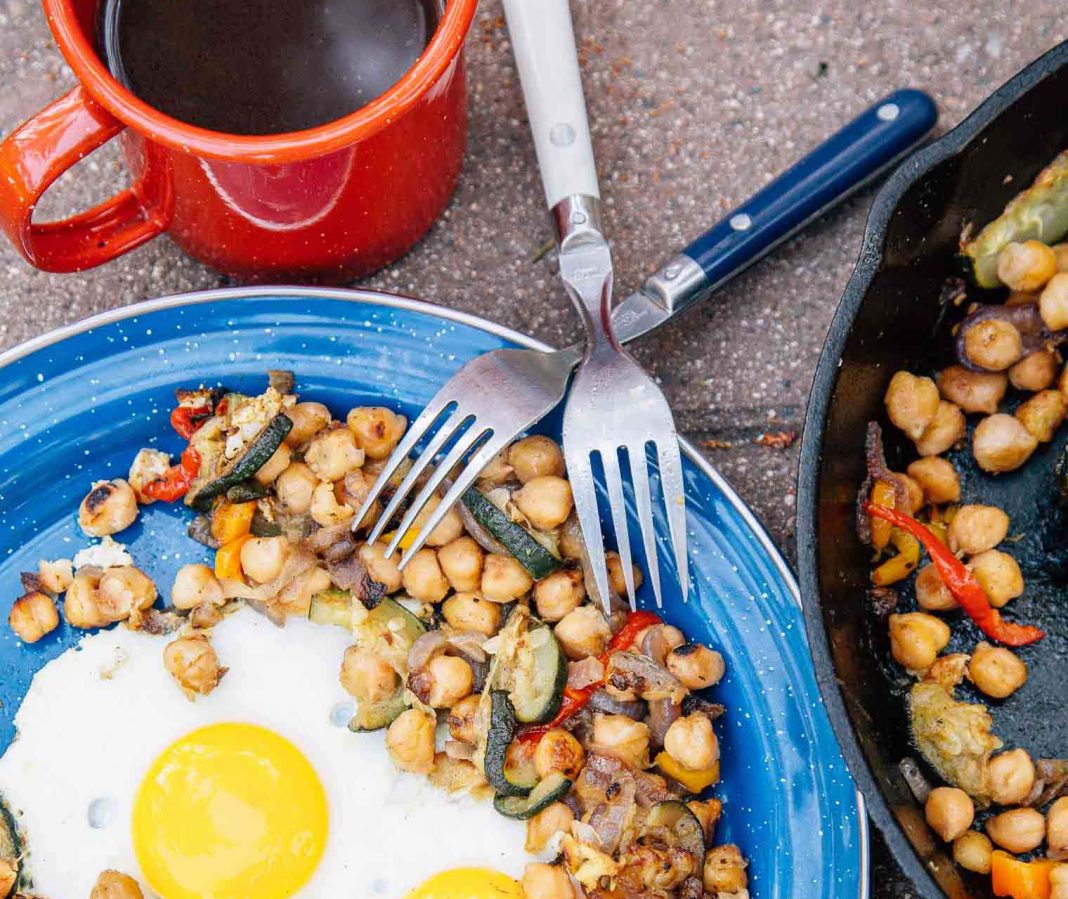I have rarely given chickpeas much thought. I know that I like them and, as vegetarians, we have regularly used them in our meals for many years. They are versatile, absorb flavours in the most delicious way and the bottled variety can usually be found at a very good price in local supermarkets.
I was interested to see that the thorny issue of chickpeas has featured quite heavily in the press recently. A Tweet by a Spanish food blogger featured a picture of her son, alongside the claim that her son doesn’t know what a biscuit is, which led to an interesting spat. Apparently, the boy starts his day with a bowl of chickpeas rather than coco pops for breakfast, which brought forth a flurry of debate, and some abuse from fans of coco pops, who consider that all children should start the day with this sugary feast, washed down with chocolate milk, rather than a highly nutritious bowl of chickpeas.
Although, nutritionally, I tend to be on the side of chickpea fans, I am not sure that they are particularly good for breakfast, but then again, I have never eaten them for breakfast and intend to stick to my morning bowl of Alpen (without added sugar, of course).
The blogger raises some good points about nutrition, since it appears that breakfast for many Spanish children, as well as for children in the UK, has turned into a morning frenzy with many children being stuffed with sugar before being sent to school. Of course, in worst case scenarios, children are being sent to school without any breakfast at all, which has led an increasing demand for breakfast clubs to be established in schools in an attempt that children start the day with at least a reasonable breakfast.
What’s the name for a battered chick pea? Hummus, of course, which is apparently in serious trouble due to a worldwide shortage of chickpeas. Maybe Spanish children are eating them all for breakfast? No, the real reason is that the crop has been very poor in the last few years and this has led to an inability to meet demand, which in turn has led to a price increase.
The increasing demand for hummus, which is made from chickpeas, is also to blame since supermarket hummus is in high demand in the UK. The price of chickpeas is the main reason for the rapid increase in the price of hummus.
The major UK supermarkets completely ran out of the product for several weeks last year, and the ready availability of hummus is still looking doubtful, which has led to serious talk of a ‘National Hummus Crisis’. After all, what exactly are people supposed to put on their pita bread? Chickpeas and hummus used to be known as ‘the food for poor people’. Not any more, since hummus is now seen as a trendy addition to any sandwich, wrap, pita bread, or whatever the ‘in word’ for a lunchtime snack is at the moment.
The humble chickpea is grown in parts of Spain and the Canary Islands, where it is a popular addition to traditional stews and soups. Known as ‘garbanzo’, the chickpea has been grown in the Mediterranean, Middle East and parts of Africa for more than 7000 years. The ancient Greeks tucked into them as snacks, and they are a popular addition to Spain’s national dish, ‘cocido’, which is a stew that consists of chickpeas and pork. In the Canary Islands, there is a similar dish, but made with beef and chickpeas.
The ingredients of these stews are not an exact one, since I guess much depends upon what the restaurant has available at the time, but I can almost guarantee that chickpeas will be lurking in there somewhere. Just don’t get me started on the potential shortage of falafel!
If you enjoyed this article, take a look at my websites: http://barriemahoney.com and http://thecanaryislander.com or read my latest book, ‘Living in Spain and the Canary Islands’ (ISBN: 9780995602724). Available in paperback, as well as Kindle editions.
Join me on Facebook: @barrie.mahoney
© Barrie Mahoney





